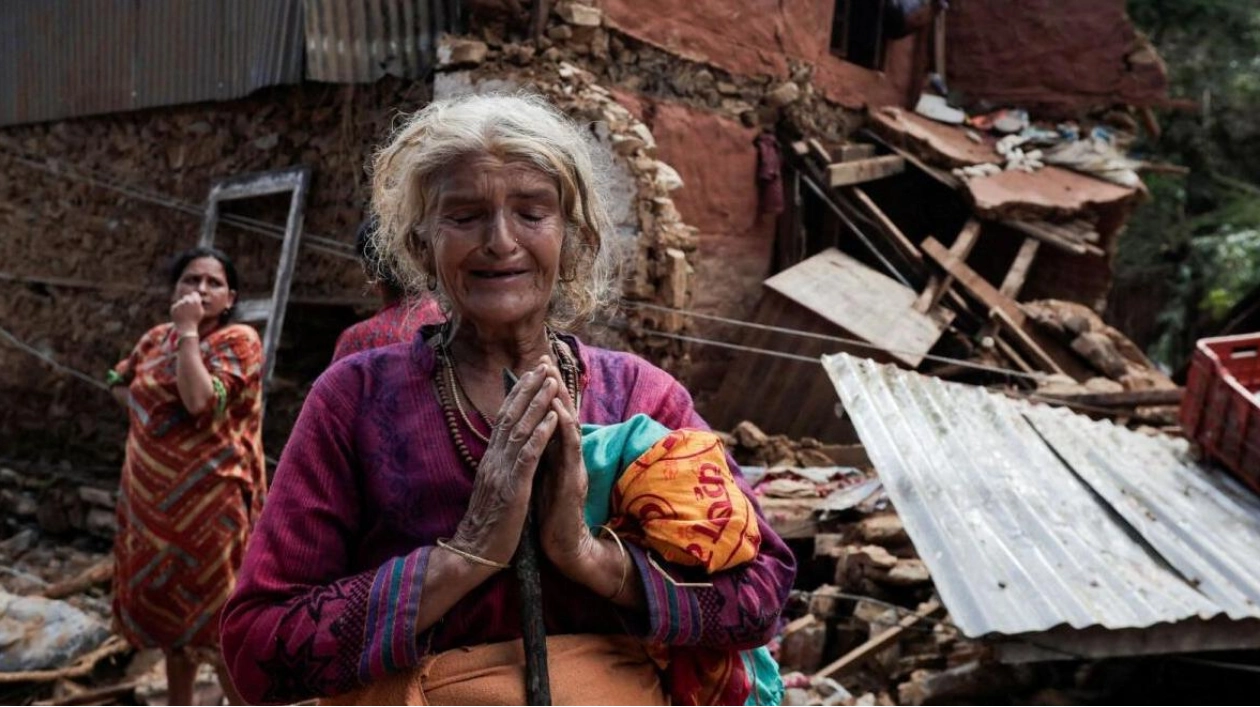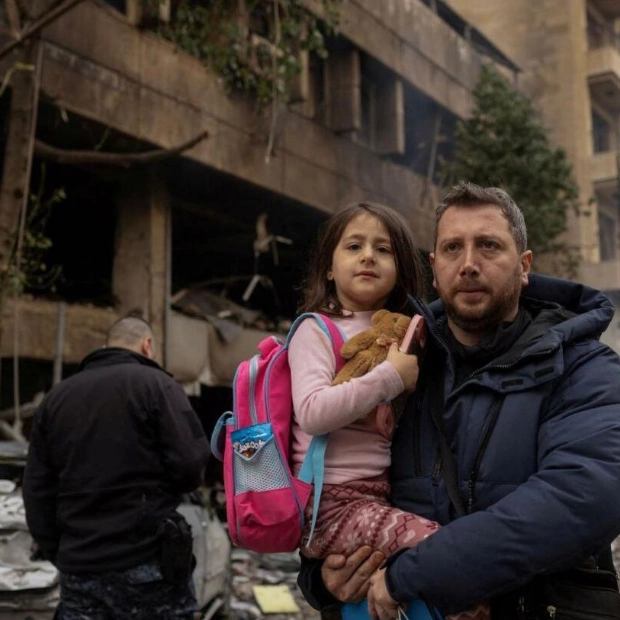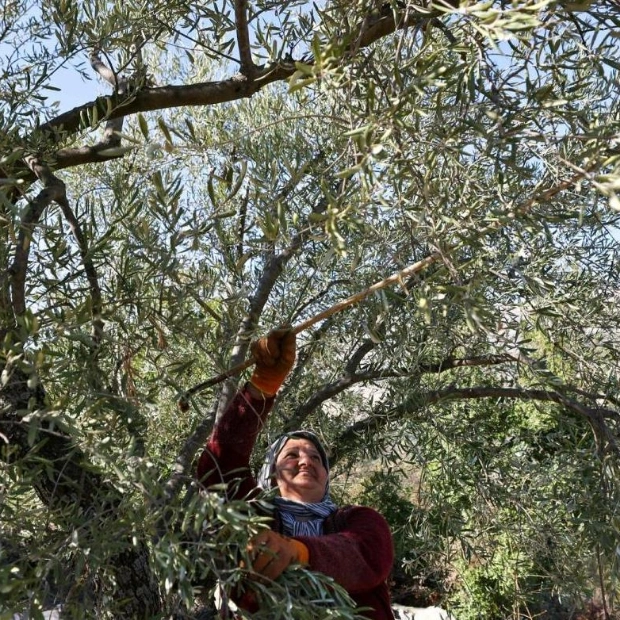Indian Ambassador to Nepal, Naveen Srivastava, has conveyed his deepest sympathies to Nepal following the devastating floods and landslides that struck the Himalayan nation last week. Srivastava reiterated India's pledge to support Nepal in its relief and reconstruction endeavors. In a show of unity, Srivastava delivered a message from Prime Minister Narendra Modi to Nepal's Prime Minister KP Sharma Oli, assuring that 'India stands in solidarity with the people of Nepal at this challenging time.'
The ambassador expressed, 'On behalf of the Government of India, I extend our heartfelt condolences for the recent floods that have resulted in significant loss of life and property damage.' He further stated, 'As Prime Minister Narendra Modi mentioned in a letter to KP Sharma Oli, India stands in solidarity with the people of Nepal at this difficult time. We are prepared to offer all necessary assistance to the Government of Nepal for its relief and reconstruction efforts. We anticipate, as we have in the past, continued cooperation in these efforts for the benefit of our people.'
Following the heavy rainfall that began in late September, the National Disaster Risk Reduction and Management Authority issued warnings of potential heavy rainfall in Bagmati and Koshi regions, advising travelers to be cautious. The authority cautioned that heavy rainfall is expected until Friday. 'After the heavy rainfall since last week of September, the landmass in various locations has weakened, and even light rainfall can lead to further destruction, causing landslides and flash floods,' the authority noted in its advisory.
The authority also urged people to exercise caution while traveling and to seek shelter in safer areas along highways during heavy rain. This warning follows the Weather Forecasting Division's report that monsoon winds are currently affecting the country. The death toll from the disaster, which started last Saturday, has reached 241, with 29 still unaccounted for, according to the Armed Police Force.
On September 28, the hydrology department recorded record-high rainfall at three weather stations in Kavrepalanchowk. Khopasi recorded 331.6mm, Panchkhal 232.5mm, and Dhulikhel 224.6mm of rain. Additionally, 22 other weather stations across Nepal also reported record rainfall, despite earlier forecasts indicating above-average rainfall for the year. Nepal, home to nine of the world's ten highest peaks, had anticipated above-average rainfall this year, with 1.8 million people expected to be affected. The National Disaster Risk Reduction and Management Authority estimated that 412,000 households would be impacted by monsoon-related disasters.
The monsoon season in Nepal typically starts on June 13 and ends on September 23. However, this year, the monsoon extended into late October. The clouds from the south entered Nepal from the western region on June 10, three days earlier than usual. Last year, the monsoon began on June 14, a day after the typical start date.






